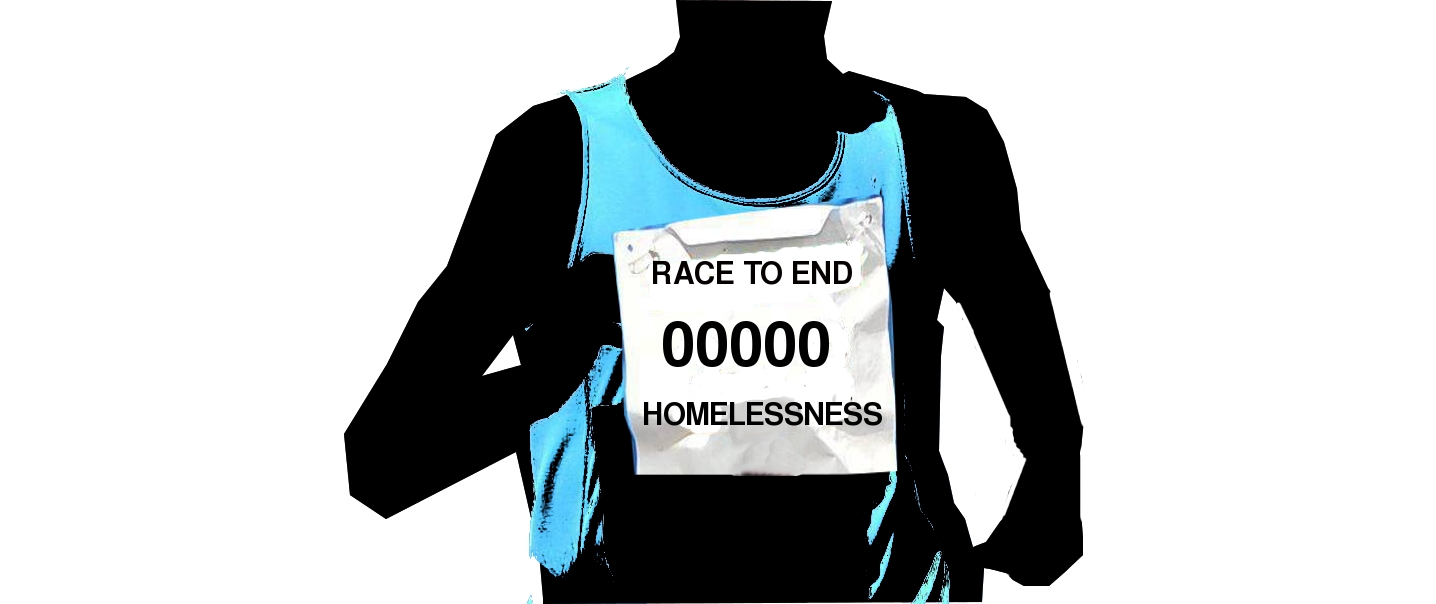These places we call ‘cities’ are evolutions. Before bicycle lanes and green roofs, cities were a collection of cars and soot and dense, dense housing. It really wasn’t that long ago we decided to clean up this density and reform it into a desirable place to be. After reading Joel Kotkins’ opinion that urban sprawl defines the next future city, I can’t help but agree — for the most part.
The cities of the 1980’s were realms where infrastructure existed and where people lived and worked around inconvenience. These dense, dirty cities were our city 1.0. They were conglomerates of action before organization. We left the 1.0 when we started to care about polar bears and recycling. We took this existing mess of people and started to turn it into a functional pattern of streetscapes and movement, ultimately moving from City 1.0 to City 2.0 — where integrated public spaces and programmed parks and living walls made us happy. The City 2.0 is an intentional city — the spaces purposefully designed in a way that satisfies the resident.
Before our obsession with walkability and functional public transit, the white picket fence and the backyard were indicative of the American Dream. Those who could afford to, fled the 1.0 and set up their own hubs of cookie cutter homes and strip malls. These suburbs were rich in infrastructure and relocated businesses — anxious to take advantage of affordable rent and spatial flexibility. The suburbs were hubs for people who had money and owned cars, and while urban planners may hate the big box store and the Pleasantville housing developments, these places were primed for the next evolution in space creation. The people are there, so at some point — they’ll demand that same purposeful planning, or so I imagine.
Houston, Charlotte and Phoenix — the three cities identified by Kotkins as our ‘future cities’ — are really just cities in transition, or in the calm before the storm. They’ve acquired the mass of people and have turned into destinations, but I would imagine there will be a continued push by city residents for the same amenities and qualities of convenience that exist in Boston, Chicago or San Francisco. The elements of a good city — including transit, local food, high air quality, and walkable access to amenities are attractive to the younger generation, who are the source of employment and new investment dollars. At some point, I would presume the masses of these sprawled cities will not want to drive everywhere they need to go.
We don’t often get the opportunity to watch a new city being built, but we do have an example from which we can work. Tony Hsieh is rebuilding Las Vegas idea by idea, to a 2.0. Hsieh is the CEO of Zappos, and in the spirit of desired collaboration and enhanced communication, he relocated his business to Nevada. In addition, he committed millions of dollars into city planning — placemaking both physically and culturally. By creating spaces for chance meetings, keeping people on street level, and encouraging residents to sell their cars, Hsieh is said to be creating the city as a start-up and encouraging a work-live-play urban area.
Hsieh is bringing the people, now its just creating a place for all of them to be happy. He is, in essence, compounding the sprawl into a sustainable urban living experience. Most recently Fast Company produced an article on Project 100 — Hsieh’s latest attempt to create the ideal. In Project 100, members pay $400 per month in exchange for a car service, access to one of 100 car shares, 1 of 100 bikes, and use of 100 shuttle buses with 100 stops around he city. As we watch Las Vegas go through the necessary transformations to make it one of the more evolved urban areas, we can watch sprawl dissipate into consolidated prosperity. As they exist today, the suburbs are not going to be acceptable as the new city, but they most certainly act as a template primed for investment.



[…] ChangingMedia […]